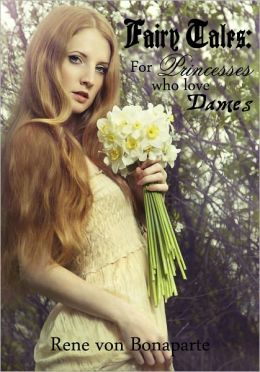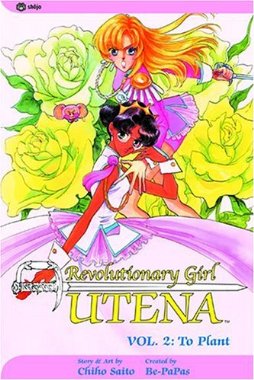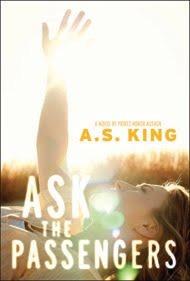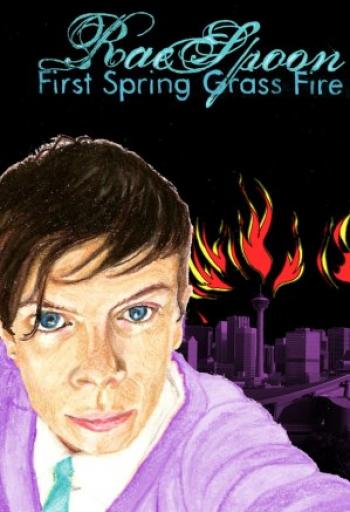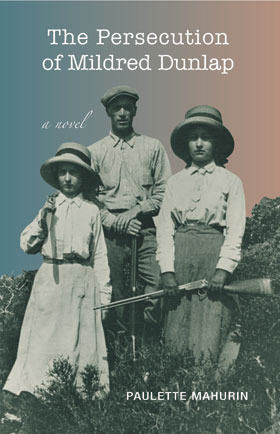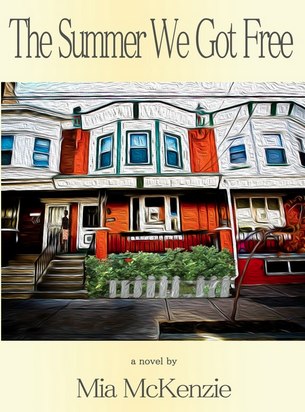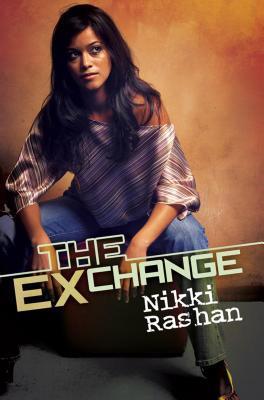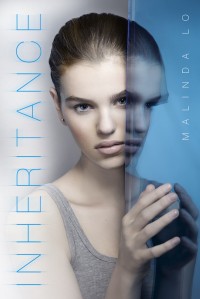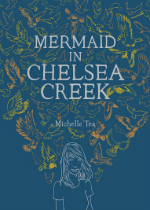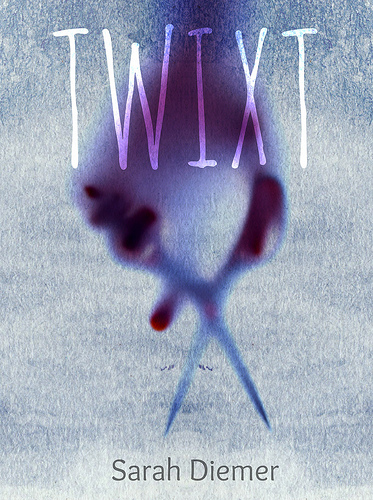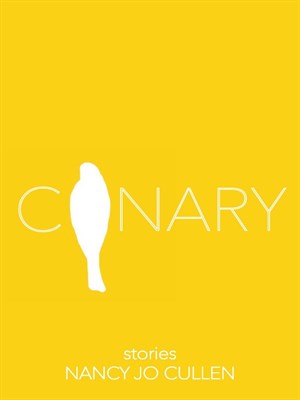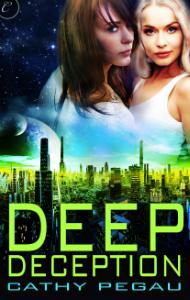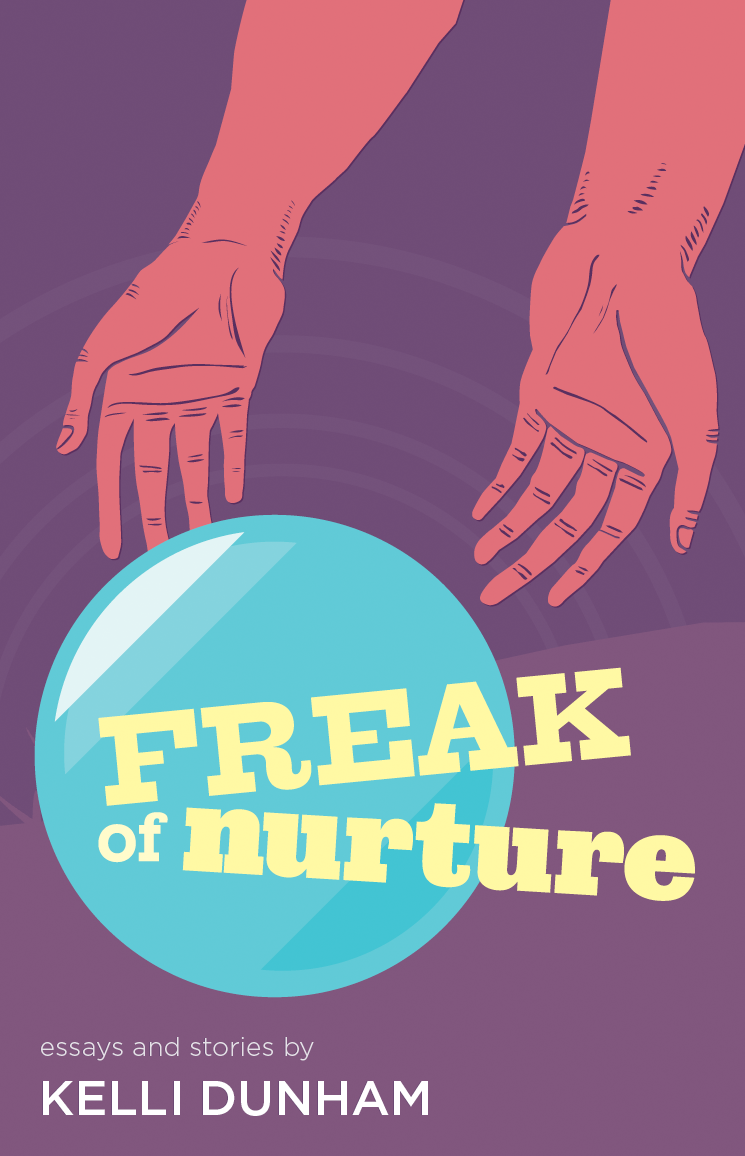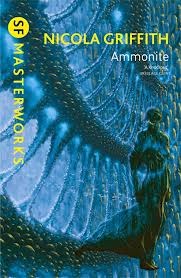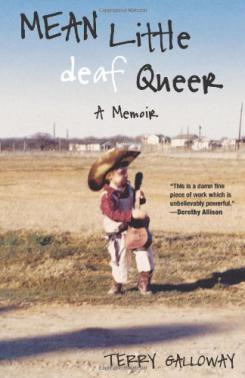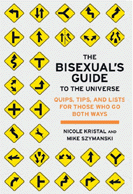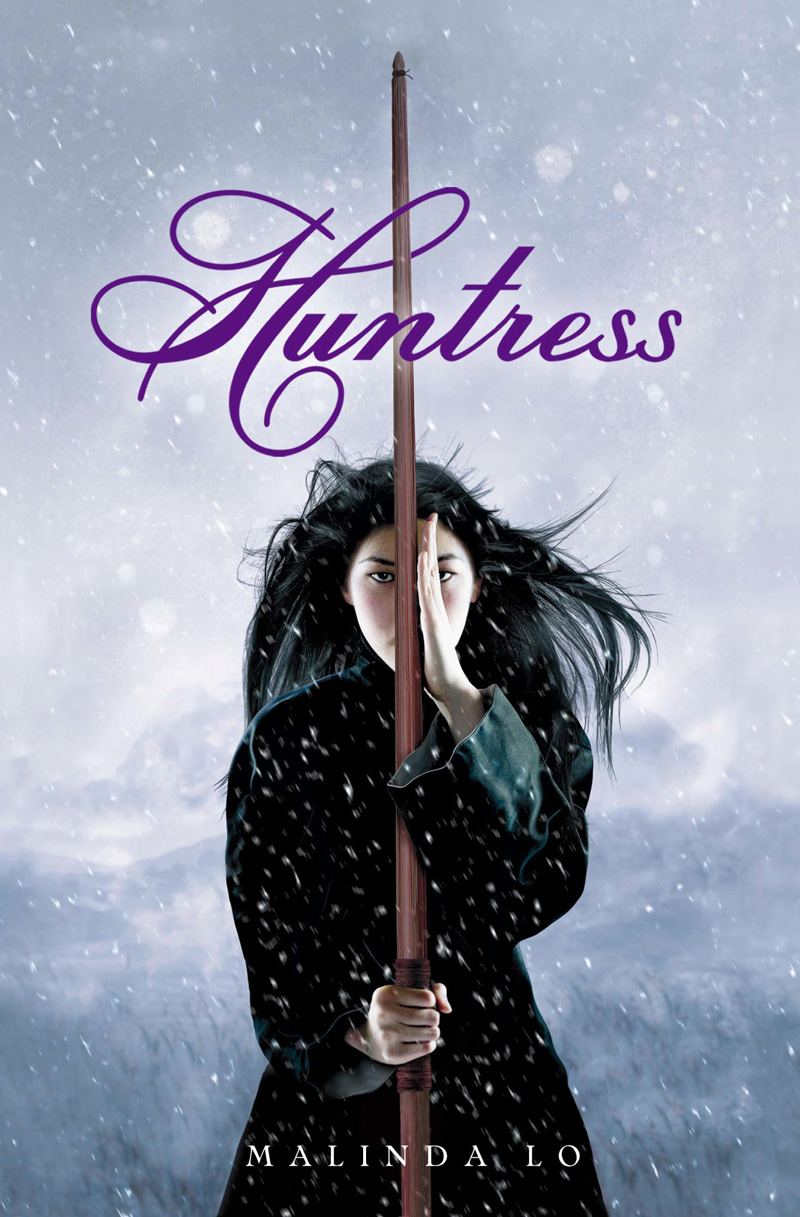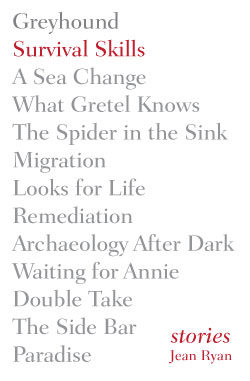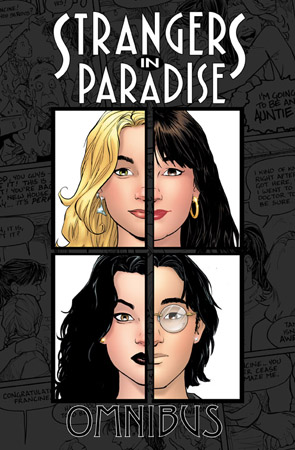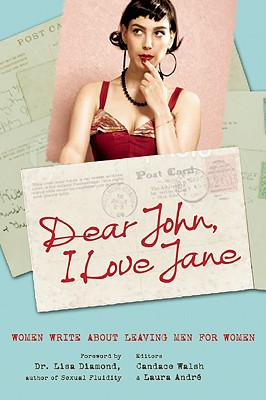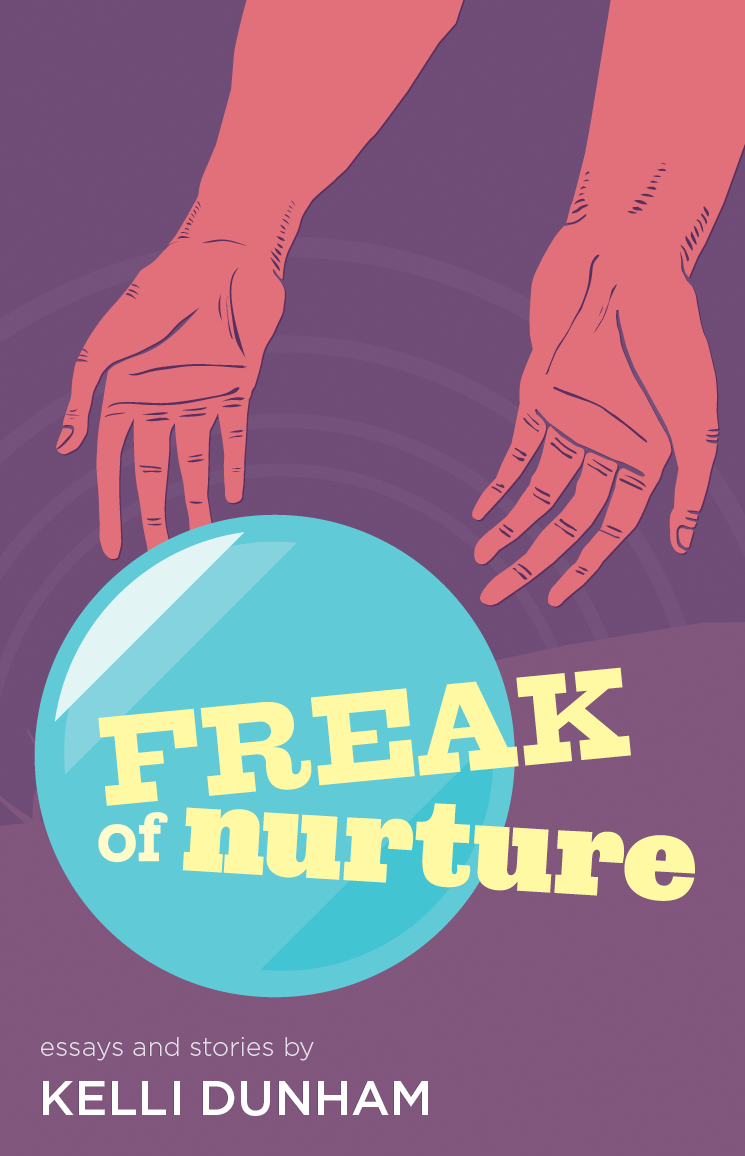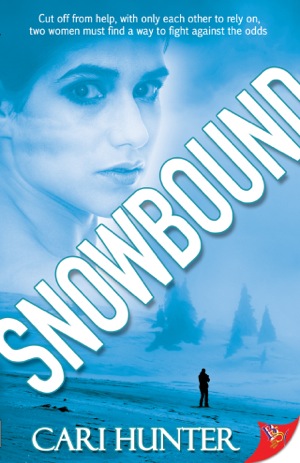Where ever I go fairy tales always follow me. Although, particularly I’ve been scavenging for fairy tales of the queer variety lately, which means I’ve picked up quite a bit of Sarah Diemer’s work, and I’ve done some reviews on some older ones like Kissing the Witch. But I wanted to try something more recent and from a different author (as much as I do love Sarah’s work). So I’ve picked up a collection of fairy tales re-written by Rene von Bonaparte to make them modern and lesbian.
The collection got titled Fairy Tales for Princesses who love Dames and I really love the introduction that the author started with, essentially telling a story before the fairy tales about why they wanted to re-invent some fairy tales to be focused toward lesbians. Other than that though, I’ve run across a lot of digital copies of books lately that haven’t formatted the book very well, and this one runs into a few issues, but makes up for it with having really amazing opening titles for each of the stories and a little quote to go with each of them.
To kick things off, the first story was a re-design of the “Princess and the Pea”, this one being “The Princess and the USB” instead. Personally, I’ve always had issues with this story, considering it set the belief that only certain people could become important (like a princess) and that it all depended on genetics. This re-telling, unfortunately didn’t work around or change that issue. Instead it had a business woman who wanted a very specific person as their lover, and the staff of her home end up testing this one poor girl by sticking a USB under the mattress, this undoubtedly caused the girl to not be able to sleep. In the end, you can imagine, she passed the test and everyone was happy and the two got married.
It wasn’t a terrible story, it was just bogged down by a lot of the original fairy tale, as well as some cliché lines that I see repeated in some of the other stories. The worst of all was the use of ‘a dark and stormy night’. Still, the ending was poetic and amusing.
The next story in the line was a re-telling of a story I actually don’t know, though if I had to place it, it would be “Swan Lake” (yes the ballet) or the “Swan Wife”. The cool thing about this one is it brought in racially diverse characters, especially for the white and beautiful swan, who happened to be Oki, and her evil sister Oni (ogre/demon in Japanese). This one was a bit heart-breaking with its ending, but overall a really well done story compared to the previous one.
It follows a ranger who falls in love with the swan-woman, and the ranger wants to break the curse placed on the swan-woman, so she goes to profess her love, and accidentally professes to the evil twin sister. As you can probably imagine, it doesn’t end well.
The third story was a re-design of “Cinderella”, which is quite honestly probably one of the most retold fairy tales around. Regardless, this one was amazing. Ella, is essentially the only house keeper for an entire five star hotel and she ends up meeting a Lesbian rock star at a concert and dances with her, after she received help from her ‘fairy godbrother’ which is a brand of a fashion store and the owner of it gives her an outfit to wear. It goes along the lines of “Cinderella” really well, while also being its own little story, it changed things up in the right areas to keep it modern and that made it more fun to read too.
Compared to the first story, this one was so much better for following the lines of the fairy tale so close, plus it showed a lot of creativity that wasn’t always there in the other previous stories.
Our fourth story is a re-imagining of “Beauty and the Beast”, which is another story I was never incredibly fond of, because of the ideal that if you kidnap someone and force them to live in your home, eventually they will come to love you. This version called “Baker and the Beast”, somewhat escapes that ideal, but at the same time loses some of the flair of the original story. It follows Baker, both her name and occupation as far as I could tell and her delivery to a castle that results in her staying the night (and then multiple nights since she can’t leave).
This story didn’t manage to show much in the way of the romance with the two characters, except when the Baker made some cupcakes for the duchess (the beast). At the same time, the beast realizes what she is doing to this woman, and lets her go, even though the curse over the castle will cause everyone in it to die when the baker leaves (not explained just like the original). This difference is about the only thing I could mark toward the story, besides it being about a female beast.
It may have just been my slanted view of not liking “Beauty and the Beast” already, but this one was a bit boring unfortunately, though the author showed enough description that I could also picture the story well enough.
The fifth and sixth stories focused on retellings of “Sleeping Beauty” (which thankfully was nothing like the original), and “The Frog Prince”. And strangely enough these two were actually my first and third favorites of the collection. Not only was sleeping beauty completely in the opposite direction of the original, but it had some dream elements in it that were awesome and way better than just a bunch of thorns growing around “Sleeping Beauty”. I also enjoyed the girl who risked her life to save her friend, as she realized she also wanted to kiss her friend. For once, sleeping beauty actually felt like a romantic story and modern too, and it still makes me smile thinking of it.
As for the “Frog Prince”, if the frog had still been male I think I would have just been incredibly frustrated with this one, as the frog is very… give me this and let me do that. Plus, it followed a tradition in fairy tales of doing things in threes (which is my favorite fairy tale tradition). But instead the frog was not only female, but an Indian woman who had been cursed until someone does something kind for her.
Of course my only issue was that, apparently that kind thing had to be throwing the frog against the wall. Which I know one of the other “Frog Prince” versions got rid of the curse that way, but it still was really bizarre, since I think it was trying to combine both the being kind aspect to lift the curse and the throwing against the wall one, which just didn’t really fit. I don’t know about you, but if someone throws me against a wall, I don’t consider that kind.
Overall, the collection wasn’t bad. It was clear the author hasn’t done that much writing, but that means they will also grow with their own writing over time and further stories along will be way better. And even with that considered, “Sleeping Seamstress” and “Cindered Ella” were well done and fun to read, and definitely worth it for at least those. It was also clear the author knew all of these fairy tales well, with the little details they managed to add when it came to making the stories in modern times.
I hope to see more fairy tales redone for lesbians from this author later on.

